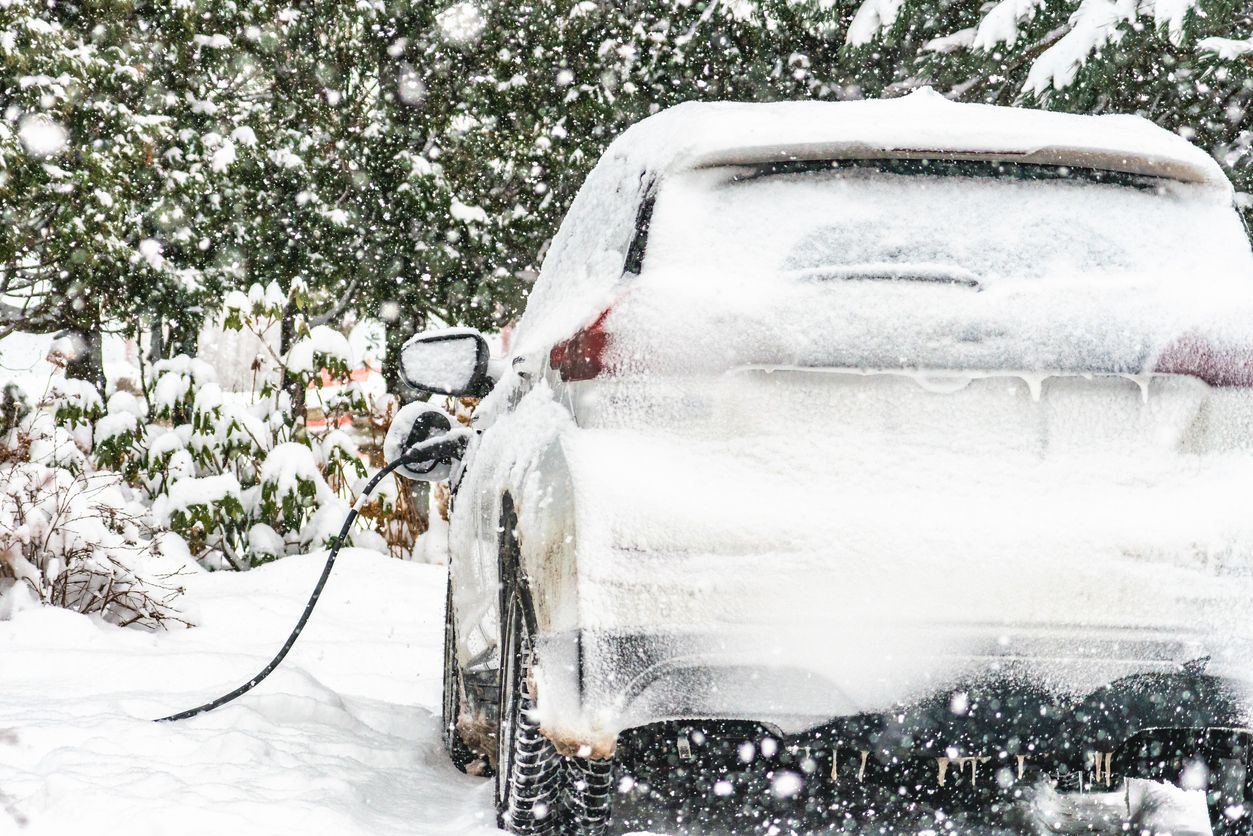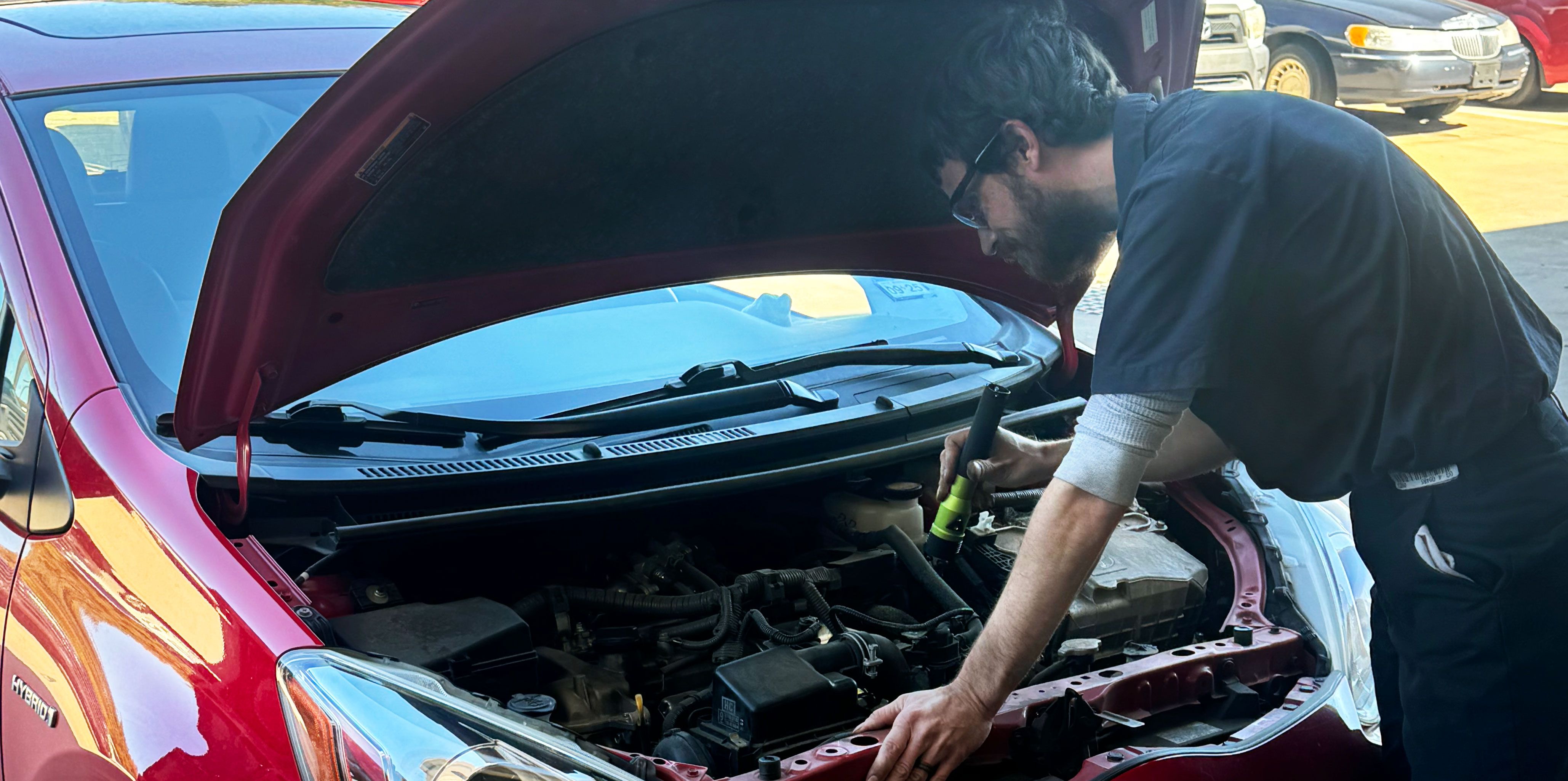For those with long-distance family and friends, holiday festivities can mean holiday road trips. However, one lingering concern for many EV owners is range anxiety, particularly when traveling far distances.
If you’re feeling nervous about tackling a long drive in an electric vehicle, preparation is your friend. Here’s how to plan a road trip with an electric car so you can focus on the fun that awaits at your destination.
Can Electric Cars Go Long Distance?
EV drivers already know their perks for everyday driving, but are electric cars good for long trips?
A common misconception is that electric cars aren't suitable for longer drives. While the experience of driving cross-country with an EV will certainly be different than driving a vehicle that runs on gas, it’s certainly doable. EV charging stations are not yet as plentiful as gas stations, but these vehicles are more than capable of handling long journeys, provided you plan accordingly.
How to Plan Your EV Road Trip
With a traditional combustion engine vehicle, you can jump in the car and go without much forethought. But how do you travel long distances in an electric car? With plenty of planning and a consideration of several different factors – and it’s wise to have a Plan B and Plan C, too.
Use an app to find charging stations along your route.
Not only are charging stations fewer and farther between than gas stations, but they also typically aren’t clearly marked on road signs. Furthermore, different types of chargers will power up your battery at vastly different rates.
Before setting out on your journey, take some time to map out charging stops on the way. Apps like PlugShare, ChargeHub, and Electrify America can help you plan your route, showing options for charging stations from your starting point to your destination.
Keep in mind, of course, that not all charging stations are created equal, and some of the prime spots are often full. (Remember what we said about having Plans B and C?)
Choose charging stations wisely.
When mapping out your charging stations, it’s critical to note the charging options offered at each one. For example, Level 1 chargers can take more than two days to get your battery fully charged, while Level 3 chargers (also known as DC fast chargers) can get you fully charged in the time it takes to enjoy a leisurely lunch. Level 2 chargers are your middle ground, requiring about eight hours to charge a depleted battery fully.
It’s crucial to understand these differences when plotting your stops. For example, a Level 3 charger is ideal for a midday break when you’re eager to get back on the road quickly, while a Level 2 would be perfectly sufficient for an overnight hotel rest.
Most EV drivers have probably also noticed that charging stations are often off the beaten path – sometimes without much else around. Keep this in mind when choosing chargers so you can find stops with restaurants, shops, playgrounds, or whatever else you and your passengers may need. After all, you don’t want to be stuck in a random parking lot for hours while your car charges.
Give yourself plenty of time to arrive at your destination.
As you may have gathered, there are aspects of EV road-tripping that simply require more time. While it takes five minutes to fill a gas tank, it can take an hour or so – with the best charger – to fill up a battery. You may have to go further off course to get to the best chargers, you may have to wait for a charger to become available, and you may not get the range you were expecting in more frigid temperatures.
If you’re a firm believer that road trips are all about the journey, this may not be a drawback or issue. However, if you’re racing the clock to reach your destination, you may be unpleasantly surprised by the frequent stops. While planning your route, work in a bit of “wiggle room” where possible.
Know your realistic range.
Most EV drivers know the “average” range of their vehicle on a full battery, which serves as a great starting point when mapping out charging stops. However, there are several factors to consider when determining how many miles your battery will get you in reality.
Cold weather (which you’ll likely experience during holiday travel) will drain your battery faster, especially if you’re blasting your heater. According to a study from AAA, an EV’s range can drop a whopping 41 percent when the heater is running, and temperatures dip to 20°F. This translates to much more frequent charging breaks (and, therefore, a longer overall road trip).
Because your battery requires more energy to warm up at colder temperatures, it’s best to keep the charger plugged in while you turn your EV on and get it to a comfortable temperature.
Driving with a lead foot can also zap your battery, so take it easy on the accelerator when possible.
Take your EV in for routine maintenance.
One of the major selling points for many EV vehicles is the reduced maintenance requirements – no oil changes, transmission flushes, or spark plug replacements! – but that certainly doesn’t mean you should skimp out on maintenance altogether.
Before taking your EV on a road trip, it’s a good idea to take it in for some routine TLC, including tire rotations, safety system checks, and brake inspections. Just like with a gas-powered vehicle, your EV will only perform as well as you take care of it. Through routine maintenance, you can help ensure you’re getting optimal performance.
Budget for charging costs.
Though it’s great to avoid soaring gas prices when charging primarily at home, you’ll need to pencil in funds for charging costs when on the road. As you can likely imagine, charging stations are more expensive than home charging, and calculating these costs can be complex.
Costs vary based on charging networks, time of day, the level of charger, and more. You can expect to pay between $10 and $30 to charge your EV fully, and we’ve already covered the fact that a full charge will take different electric vehicles different distances. Create a simple budget for your EV road trip based on how many full charges you’ll need as well as what types of chargers you’ll be using along the way.
Go the Distance with EV Services at Firestone Complete Auto Care
Don't let range anxiety hold you back on your next long-distance EV holiday adventure! With the right planning, you can conquer the open road with confidence. And don't forget one major step — visiting Firestone Complete Auto Care for your EV maintenance needs. Contact your nearest location to confirm available EV services in your area, and schedule an appointment with our experienced team to keep your electric vehicle running smoothly, no matter the distance you plan to cover!



